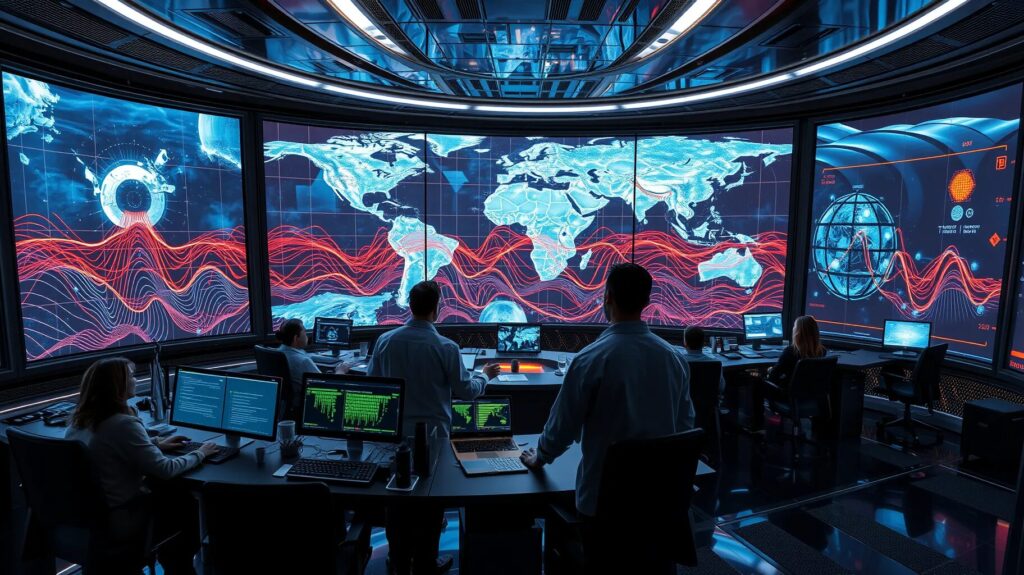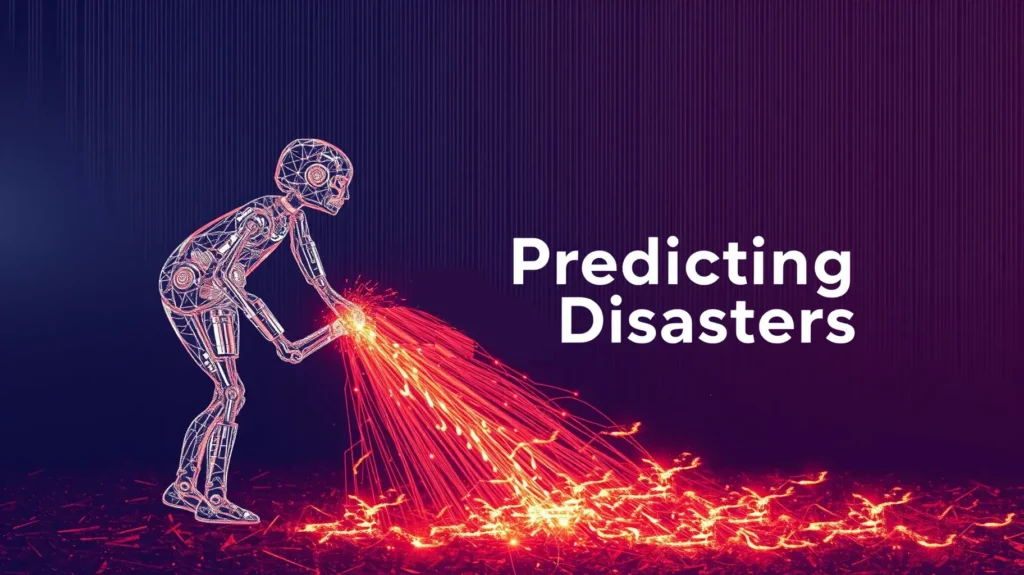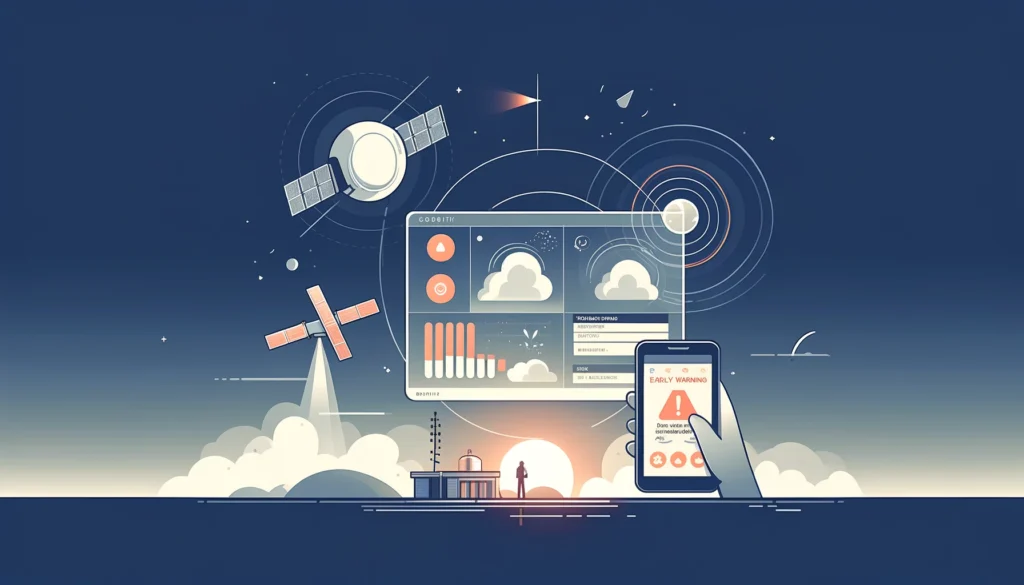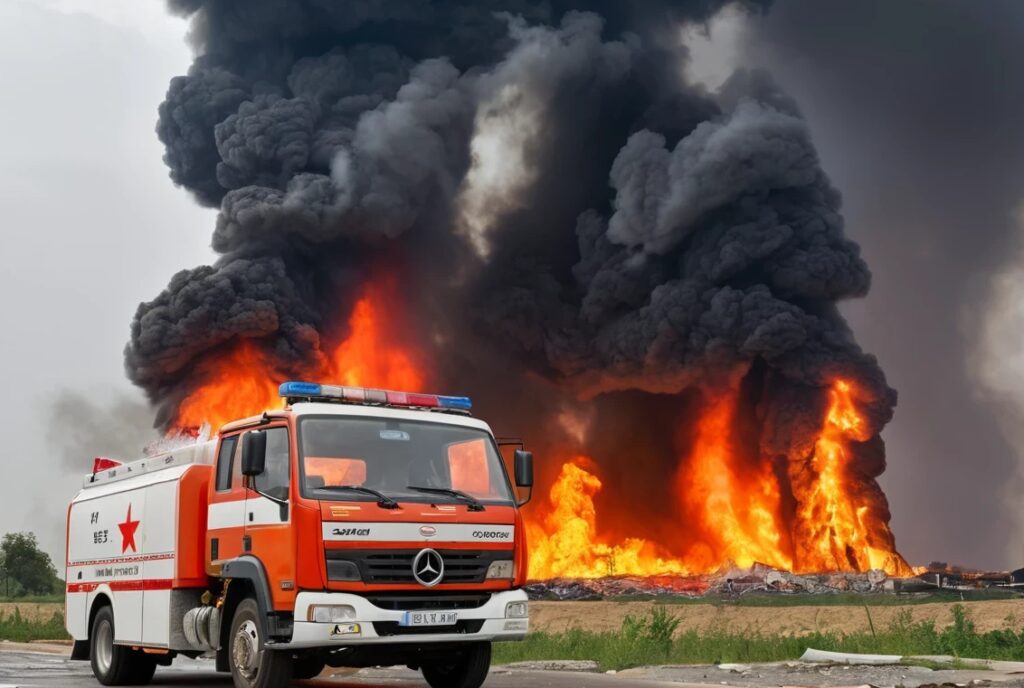
The Growing Need for Speed in Emergency Response
In the world of emergency response, time is everything. When disaster strikes—whether it’s a massive wildfire, an earthquake, or a medical emergency—seconds can be the difference between life and death. Emergency responders already do incredible work, but what if technology could help them react even faster? Enter SARA-RT, a cutting-edge robotic system designed to make split-second decisions in real-time. This robot is more than just a tool; it’s an innovation that has the potential to reshape how we handle emergencies, saving lives in the process.
How SARA-RT Transforms Crisis Management
Traditional emergency robots have limitations. Many rely heavily on human operators, meaning every action takes precious time. But SARA-RT is different. It operates independently, using advanced AI and sensor technology to evaluate situations on the spot. Imagine a robot that doesn’t wait for instructions but jumps straight into action—whether it’s navigating through a collapsed building or assessing flood zones. By speeding up decision-making, SARA-RT gives responders more room to focus on the bigger picture. In a world where unpredictability is the norm, this real-time response could be revolutionary.
The Heart of SARA-RT: Real-Time Decision-Making
The key to SARA-RT’s success is its ability to make real-time decisions. Thanks to its machine learning algorithms, it doesn’t just follow commands—it learns, adapts, and chooses the best course of action instantly. Think about that for a moment: a robot that can assess a burning building, decide which areas are too dangerous, and pinpoint where people are likely trapped, all in seconds. It’s like giving robots the ability to think in high-pressure situations. The speed and precision of these decisions are critical when every moment counts.
Real-Life Applications: From Natural Disasters to Urban Crises
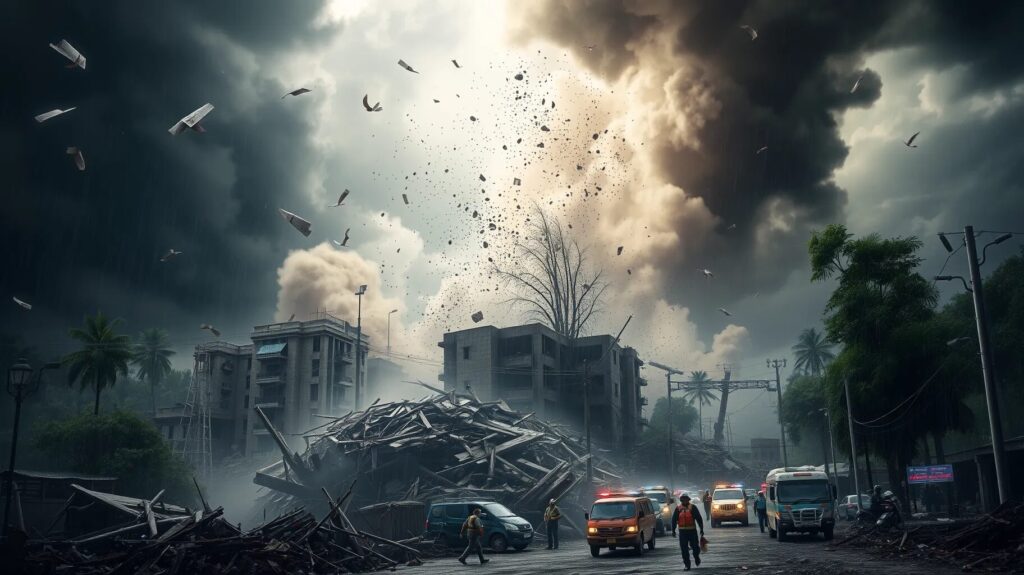
The potential uses for SARA-RT are vast. In natural disasters like earthquakes or hurricanes, where rapid response is crucial, SARA-RT can reach areas that are too dangerous for humans. Picture it navigating through fallen debris after an earthquake, locating survivors trapped in hard-to-reach spaces. In urban settings, it could help neutralize bomb threats or assist in mass casualty events by providing real-time data on the scene. Whether it’s a natural or man-made crisis, SARA-RT’s ability to act quickly could transform disaster response.
Why Faster Decisions Save Lives
In emergencies, delays can be deadly. The longer it takes to assess a situation, the more danger responders and victims face. This is where SARA-RT shines. By speeding up the decision-making process, it ensures that every second is put to good use. With SARA-RT’s real-time assessments, emergency teams can move faster, adjust their tactics on the fly, and reduce the overall risk. When lives are on the line, every second counts, and SARA-RT could be the difference between life and death.
Breaking Down the Technology Behind SARA-RT
What makes SARA-RT so special is its blend of AI and robotic engineering. It’s equipped with state-of-the-art sensors that detect everything from heat signatures to structural integrity. This data is fed into its AI system, which processes the information in real time, allowing the robot to make instant, informed decisions. What’s even more impressive is how the machine learning element enables SARA-RT to get smarter over time. With every mission, it learns how to better navigate complex situations, making it more efficient and effective with each use.
AI and Robotics: A Life-Saving Combination
The marriage between AI and robotics is key to SARA-RT’s groundbreaking capabilities. While traditional robots require direct input for every move, SARA-RT’s AI-driven autonomy allows it to act independently. Its ability to think critically makes it a game-changer. The AI component also ensures that the robot is constantly evaluating the situation, adapting to new information as it arises, and choosing the most effective course of action. This combination of fast thinking and physical capability makes it an invaluable asset in any emergency situation.
Boosting Efficiency in Emergency Services with Automation
One of the biggest challenges in large-scale emergencies is the strain on human responders. With SARA-RT, automation takes some of the weight off their shoulders. These robots can perform critical tasks such as search and rescue, damage assessment, or even fire suppression, freeing up human teams to focus on coordinating efforts and making strategic decisions. By automating dangerous or time-consuming jobs, SARA-RT boosts the overall efficiency of emergency response. In the future, we could see entire robotic teams deployed to tackle emergencies, speeding up responses and reducing human risk.
How SARA-RT Adapts to Unpredictable Situations
If there’s one thing we know about emergencies, it’s that they’re unpredictable. Fires spread unexpectedly, buildings collapse without warning, and floodwaters rise quickly. SARA-RT is designed for exactly this kind of uncertainty. Equipped with real-time sensors and adaptable AI systems, it can adjust its approach on the fly. If its original route becomes blocked, it finds another way. If conditions change—like smoke becoming too dense or a structure showing signs of imminent collapse—SARA-RT recalculates and adjusts its mission in real time. This level of adaptability is crucial in environments where situations evolve rapidly.
Real-Time Data Analysis: The Secret to SARA-RT’s Success
Behind SARA-RT’s swift actions is its ability to process vast amounts of data in real time. The robot constantly collects information about its environment—temperature, structural integrity, hazardous materials, and human presence—and analyzes it instantly. Unlike human teams who may take minutes to gather and interpret similar data, SARA-RT does it in seconds. This immediate access to reliable data enables faster, more accurate decision-making, which is often the difference between a successful operation and a catastrophic one.
Collaboration Between Humans and Robots: A New Frontier
Rather than replacing human responders, SARA-RT works alongside them, creating a partnership that enhances overall effectiveness. In a disaster scenario, SARA-RT can tackle the dangerous or difficult parts of the operation, allowing humans to focus on coordination and strategy. It’s a teamwork approach where the strengths of both humans and robots are fully utilized. This collaborative model is already starting to take shape in emergency services, and SARA-RT could be at the forefront of this new frontier.
The Challenges and Future Potential of SARA-RT

While SARA-RT represents a major leap forward in emergency response technology, it isn’t without its challenges. One of the key hurdles lies in reliability—ensuring that the robot can function seamlessly in unpredictable, high-pressure environments is critical. Emergency situations often involve extreme conditions like heat, water, or unstable terrain, and SARA-RT’s hardware must be tough enough to withstand these elements. Additionally, the AI software has to be constantly refined to handle new and evolving threats. Another challenge is the integration of SARA-RT into existing emergency systems, where responders need to trust the robot’s decisions and understand how to collaborate with it effectively.
Despite these challenges, the future looks promising. As AI technology advances and the robot’s learning capabilities expand, we can expect SARA-RT to become even more autonomous and adaptable. Its potential to scale up globally is enormous, and it could serve as the blueprint for a new generation of emergency response robots.
What Sets SARA-RT Apart from Traditional Robots?
What makes SARA-RT so unique compared to traditional robots is its ability to make independent, real-time decisions. Older models relied heavily on human operators, often waiting for instructions before taking action. SARA-RT flips that script by continuously evaluating its surroundings and acting autonomously based on real-time data. Its learning algorithms enable it to get better over time, something most other robots lack. Furthermore, its ability to adapt to unpredictable situations, like changing weather or new hazards, makes it much more versatile than its predecessors. SARA-RT doesn’t just assist in emergencies; it leads in high-risk scenarios with a level of autonomy never seen before.
The Ethical Considerations of Autonomous Emergency Robots
As with any AI-driven technology, there are ethical questions that need to be addressed. For starters, how much decision-making power should a robot like SARA-RT have in life-or-death situations? While its AI can analyze risks faster than a human ever could, there’s still the question of whether we should trust robots to make decisions that could impact human lives. There are also concerns about accountability. If a robot makes a mistake or causes harm, who is responsible? These ethical considerations are important to tackle as we move towards a future where autonomous robots like SARA-RT will play an even bigger role in crisis management.
How SARA-RT Could Shape the Future of Emergency Response
The success of SARA-RT could mark the beginning of a new era in emergency response. Imagine a world where robotic teams are deployed to disaster zones, making real-time decisions, coordinating efforts with humans, and even preventing disasters before they spiral out of control. The introduction of AI-powered systems like SARA-RT might eventually lead to faster, more efficient disaster relief efforts, with robots taking on riskier roles, leaving human responders to focus on tasks where their expertise is most needed. The technology doesn’t just aim to improve current methods—it could completely transform how we handle large-scale emergencies.
Scaling Up: Bringing SARA-RT to Global Emergency Systems
The potential for SARA-RT to scale up on a global level is immense. As climate change and urbanization increase the frequency and severity of disasters, the need for rapid, intelligent response systems will become more urgent. One of the biggest advantages of SARA-RT is its ability to adapt to different environments—whether that’s urban cities prone to flooding or rural areas vulnerable to wildfires. Governments and international disaster relief organizations could integrate SARA-RT into their response frameworks, creating a global network of autonomous emergency robots ready to be deployed at a moment’s notice. This could drastically reduce response times, minimize human risk, and save countless lives.
The Role of SARA-RT in Preventing Large-Scale Disasters
Beyond its immediate use in emergencies, SARA-RT could also play a pivotal role in disaster prevention. By constantly monitoring environments, scanning for signs of potential threats like infrastructure instability, or rising temperatures in wildfire zones, SARA-RT could help detect problems before they escalate into full-blown crises. Imagine a network of SARA-RT robots deployed in high-risk areas, continuously gathering data and sending early warnings to authorities. This kind of predictive analysis could allow for preventative measures, such as evacuations or structural repairs, long before disaster strikes. In this way, SARA-RT isn’t just about reacting quickly—it’s about preventing disaster in the first place.
And with that, we’re looking at a future where robotic innovation doesn’t just respond to emergencies—it prevents them altogether. SARA-RT is more than just a robot; it’s the dawn of a new era in crisis management.
Resources
International Federation of Robotics (IFR)
- Offers reports and insights on the global robotics industry, including the use of AI in emergency services.
- www.ifr.org
FEMA (Federal Emergency Management Agency)
- The U.S. government’s resource for disaster response, including the integration of automation and robotics in crisis scenarios.
- www.fema.gov
AI for Good Global Summit
- An annual event showcasing innovations in AI, with specific sessions on AI applications in disaster response.
- www.ai-for-good.org
